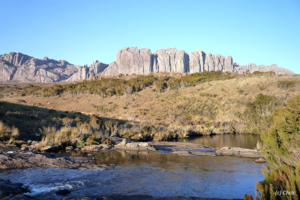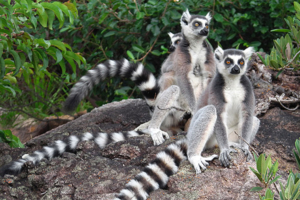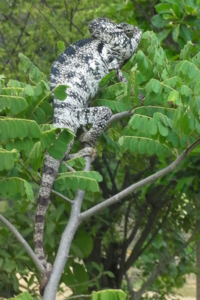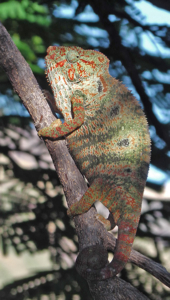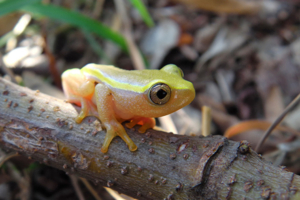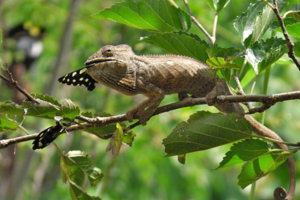Andringitra National Park
The Andringitra Mountains are a granite outcrop in south-central Madagascar, characterized by high mountains, deep valleys and ridges. At the beginning of the 20th century, explorers recognized the ecological importance of the massif, and in 1927 the central part of the mountain range was declared a Nature Reserve. The region was, however, little known to outsiders until the early 1990s, when Madagascar’s environmental action plan was introduced, and the Andringitra National Park was created.
Covering an area of311 sqkm, this park is subdivided into three ecosystems: the low-altitude rainforest, the mountain forest, and the high-altitude vegetation.
It is one of the regions of Madagascar with the highest level of biological diversity and endemicity. It has more than 100 different bird species, more than 50 species of mammals including 13 of lemurs (ring-tailed lemurs are quite common), 55 species of frogs, and more than 1,000 types of plants.
Pic Boby, standing at 2,658 metres above sea level, is the second highest peak in Madagascar – rising clearly above the arid plain. It is also an important central link in the longest uninterrupted chain of remaining rainforests in Madagascar, which stretches 180 km from Ranomafana National Park in the north to Pic Boby in the south.



